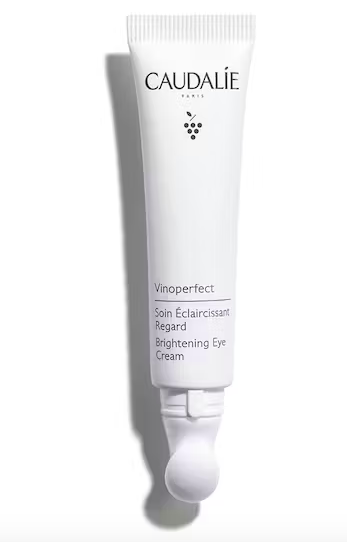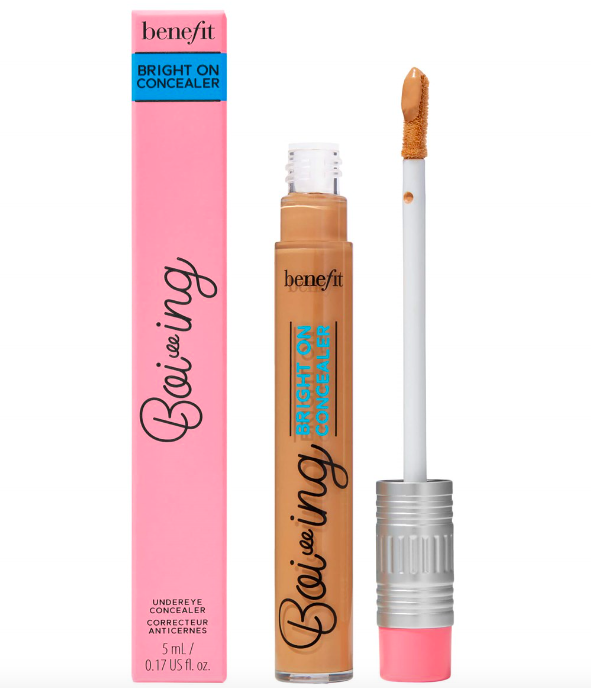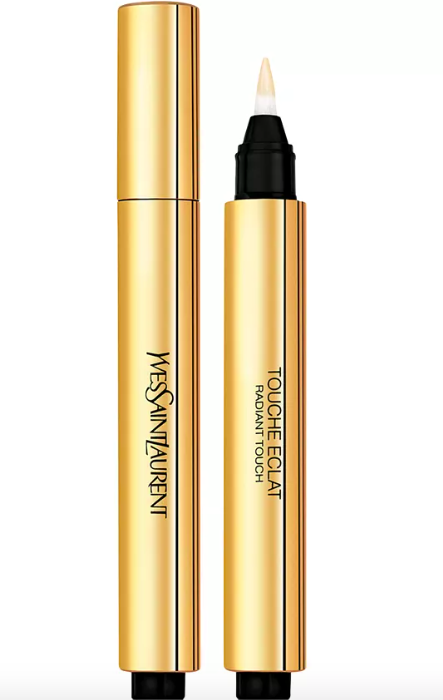
Dark circles are one of the biggest plagues of the beauty world. With their unflattering coloring, dark circles tend to weigh down the eyes at the slightest lack of sleep or increase of stress. As a result from various factors, dark circles may also take on multiple looks: ranging in how hollow they are, varying from brown to dark purple, their congestion and thickness differ according to blood circulation. But that’s not all. There’s a variety of the reasons that might explain the appearance of more noticeable dark circles, as well as the solutions to correct them. Below we explore a few.
DISCLOSURE: This post may contain affiliate links, meaning when you click the links and make a purchase, we receive a commission.
Poor blood circulation
The purplish or brown color of dark circles comes from bad blood flow to the lower lid. Part of the face where the skin is the thinnest, under the eyes is therefore a region where the smallest collection of blood pigments may be seen by transparency. If the circulation is not fluid enough, these small clots then pile up in packets without being able to be drained, therefore leading to the appearance of this unflattering shading. Likewise, this poor circulation can also cause a certain congestion, bringing about the appearance of more or less plump puffiness.
Solution: Drink lots of water, exercise, or apply cold to the congested area. This will stimulate the circulation of fluids more quickly and boost blood oxygenation, therefore reducing the purple or brown shades.
Alcohol and tobacco use
Both alcohol and tobacco can cause blood circulation problems. Alcohol causes the swelling of blood vessels, while accentuating water retention, a duo at the origin of the swollen eyes. Smoking changes the production of collagen and elastin in the skin, which tends to sag and dry out the epidermis. A real stimulus for skin aging, the underside of the eye then becomes duller and more marked, escalating the purplish appearance of dark circles.
Solution: reduce or even stop drinking and/or smoking, or opt for moisturizing eye contour care, full of collagen.


Lack of sleep
Throughout the night, the body’s inaction creates a slowdown in lymphatic and venous drainage. The result is the blood circulation is less fluid, leading to congestion that is made more noticeable when the night is too short, hence the nearly organized appearance of dark circles. Similarly, blood vessels tend to dilate more when there’s severe fatigue, ergo heightening the color of dark circles.
Solution: Once awake, the body fluidifies the blood flow independently, making the dark circles disappear one or two hours after getting up. This process can be prompted by the application of a cold source, such as a spoon in the refrigerator or a jade roll-on.
UV Rays
Regarding yellow or dark brown circles, UV rays have a big part to play. These shades are the result of an excess of melanin in the epidermis. This pigment naturally present in the skin is produced in reaction to prolonged exposure to UV rays from the sun. Because of this, the eyes thus exposed show an intensified production of melanin, therefore generating the yellow or brown coloring underneath the eye.
Solution: Equip yourself with category 4 to 5 sunglasses – designed to protect from strong, even extreme, solar luminosity – avoid exposure to UV rays when possible, and regularly apply classic sunscreen or specials eye contour SPF 50 or higher.
Skin aging
The mechanics are straightforward: the more time passes, the more dark circles are prevalent. The natural aging of the skin tends to refine the eye contour, while slowing down the production of collagen. Thinner and less elastic, the epidermis is therefore embellished with a few fine lines and becomes more hollow, which unfortunately heightens the appearance of dark circles under the eyes.
Solution: anticipate the effects of time by applying an eye contour rich in collagen and vitamin C (which boosts the radiance of skin) from the age of 30, or resort to an aesthetic procedure such as blepharoplasty or lipofilling to correct the rings permanently.


Poor diet
The contents of a diet can also have an impact on the appearance of dark circles. A diet that is too salty may, for example, cause water retention which disrupts blood circulation. Fat also plays a role in congestion by causing poor digestion, altering the quality of sleep, and ultimately contributing to the appearance of more noticeable dark circles.
Solution: opt for a balanced diet, rich in flavonoids present in colorful fruits which will boost blood flow and fade the purplish shades of dark circles, as well as vitamin C, which stimulates collagen synthesis (highly dosed in guava, bell pepper, orange, etc.).
Lying down too much
Like when you sleep, placing your body horizontally increases the look of dark circles under your eyes. Why? Because this position slows blood circulation and lymphatic drainage, therefore congesting the underside of the eye and creating the appearance of puffiness.
Solution: Avoid a stationary lifestyle by moving your body as often as possible and sleeping with your neck slightly raised to promote the circulation of fluids.
Genetics
Unfortunately, dark circles can be hereditary. A family circle that tends to be very tight, without necessarily a lack of sleep, can thus explain the presence of dark circles. This genetic promise then becomes difficult to avoid and thwart.
Solution: find a concealer that camouflages well, to be combined with a balanced lifestyle and a diet rich in antioxidants and flavonoids.


beauty beauty trends celebrities celebrity news christmas christmas movies coffee dating fall fashion fashion fashion designers fashion trends fashion week fitness hailey bieber hair trends halloween harry potter health Instagram Justin Bieber kate middleton King Charles meghan markle mental health milan fashion week movies music netflix new york city paris paris fashion week pregnancy prince harry princess diana prince william relationships royal family royals skincare street style television travel valentine's day wellness